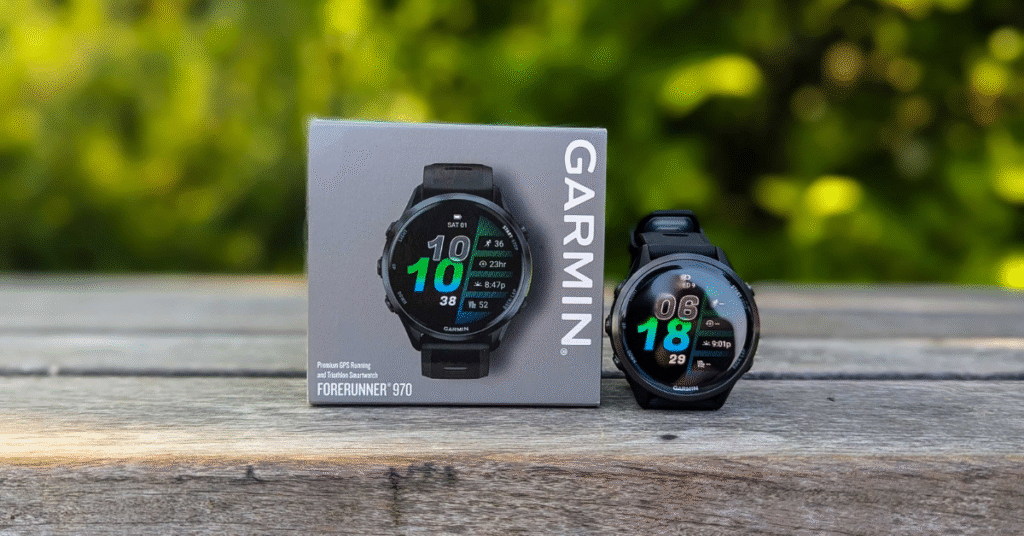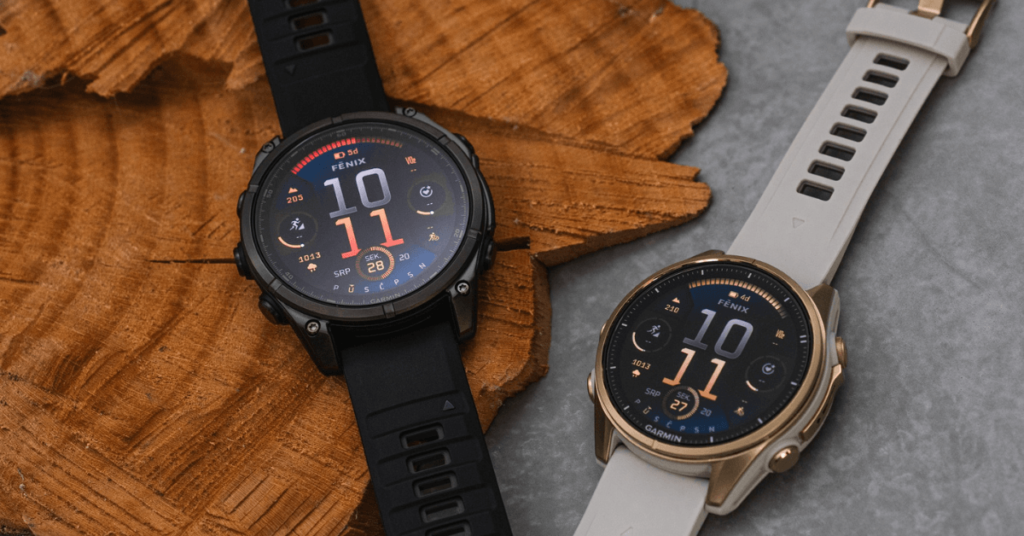Garmin Forerunner 970 Review: Premium GPS Running & Triathlon Smartwatch
After six weeks of rigorous testing with the Garmin Forerunner 970 strapped to my wrist, one thing is clear: Garmin isn’t reinventing the wheel with this flagship running watch. Instead, they’ve meticulously refined an already outstanding formula, packing in a suite of advanced features that make it a compelling upgrade for dedicated runners. The Forerunner […]
Garmin Forerunner 970 Review: Premium GPS Running & Triathlon Smartwatch Read More »


